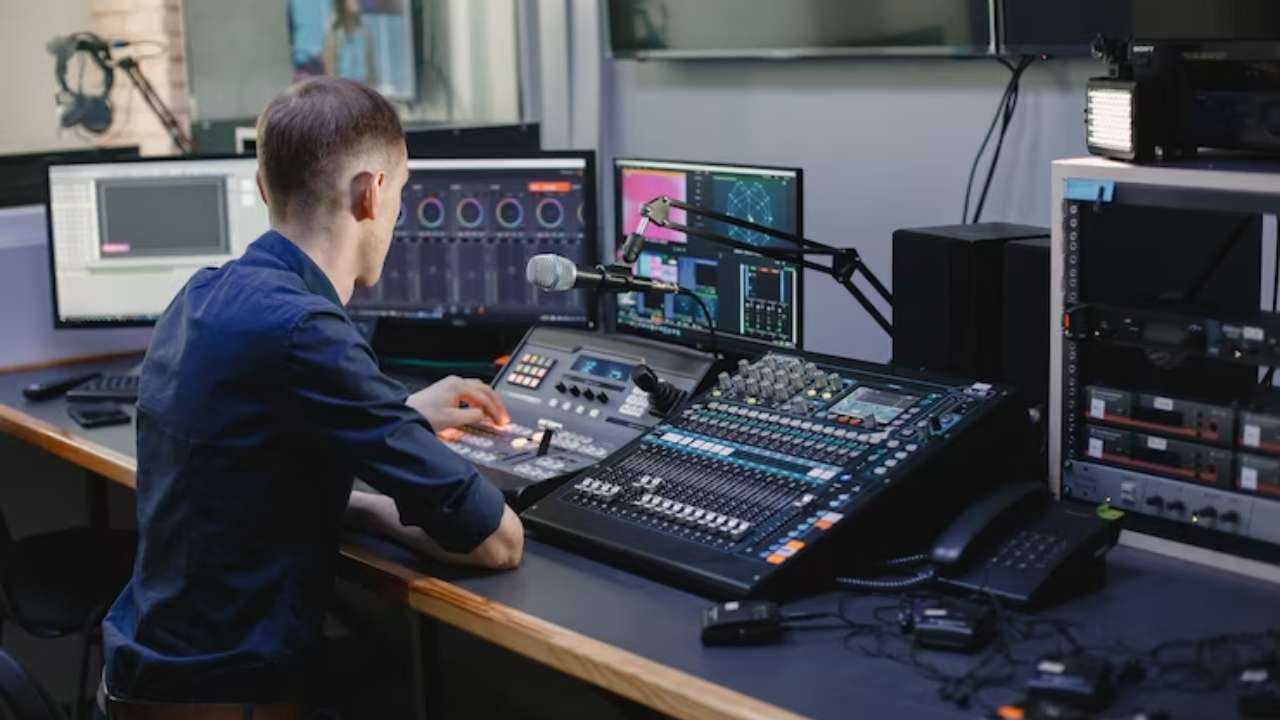Ideal Tactics for Positioning Security CCTV to Enhance Surveillance Efficacy
Ideal Tactics for Positioning Security CCTV to Enhance Surveillance Efficacy
Blog Article

Positioning surveillance cameras effectively is essential for improving monitoring in different environments, including homes, commercial properties, as well as public spaces. The main goal of surveillance systems is to deter crime while also provide proof in instances of incidents. To attain this, it becomes important to consider various factors, such as camera location, field of vision, as well as the particular areas that need oversight. By understanding these factors, individuals as well as organizations can develop a thorough monitoring strategy that optimizes the efficacy of their security solutions.
One of the first actions in placing security cameras is to determine key locations that need monitoring. High-risk zones, such as entry points, exits, vehicle lots, as well as areas with high-value items, should be given priority. It is important to take into account blind spots, that are areas that might not be visible from specific angles. By charting out these critical locations, security staff can guarantee that all nook is observed, reducing the likelihood of criminal activity going undetected. Additionally, placing cameras at strategic locations can help form a comprehensive view of the premises, enabling for better overall surveillance coverage.
The field Find Out More of a security system is another important element to consider. Different kinds of cameras provide varying ranges of view, which can influence how many area gets captured in the footage. For example, wide-angle systems can monitor larger areas, making them ideal for spacious areas, while pan-tilt-zoom systems can be modified to concentrate on specific features. When placing cameras, it is important to select the right kind based on the location being monitored. This guarantees that the system can record sharp images and provide important information in the event of an occurrence.
Elevation and tilt of mounting also have a crucial part in the efficacy of security cameras. Cameras must be installed at a level that remains out of reach of potential tampering but also enables for unobstructed visibility of faces and other recognizable details. A common recommendation is mount systems at least eight to ten ft off the floor. Additionally, the tilt at which the camera remains positioned can impact its capability to record crucial details. Cameras should be angled to reduce reflection and avoid obstructions, ensuring that they can capture sharp footage at all moments.
In conclusion, regular maintenance and improvements to the surveillance camera are essential for long-term efficacy. This entails inspecting camera functionality, wiping optics, as well as ensuring that software remains current. Regular assessments of the monitoring plan can help identify any additional areas not visible or locations that might require additional monitoring. By remaining proactive and implementing required adjustments, individuals as well as entities can enhance their monitoring efficacy and ensure that their security systems remain to fulfill their intended purpose.